Search

News & Events
DiabHQ and the patient portalThe Rio Tinto Children’s Diabetes Centre has recently commenced an exciting new project to integrate diabetes data from many different sources so that it can be used more effectively to help people living with diabetes. The DiabHQ project will bring together data that is currently housed in many sep
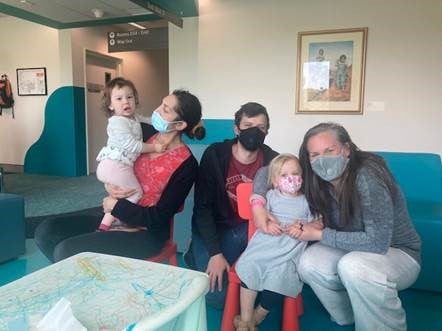
News & Events
Made with loveWhen two-year-old Clara first went onto the new Ypso HCL system, her mum Sarah found that the pump belt was just a little too big for her.

News & Events
Clinic Update August 2022PCH Diabetes Service Update We have now returned to face-to-face care as we move past the peak of infections in the WA Community.
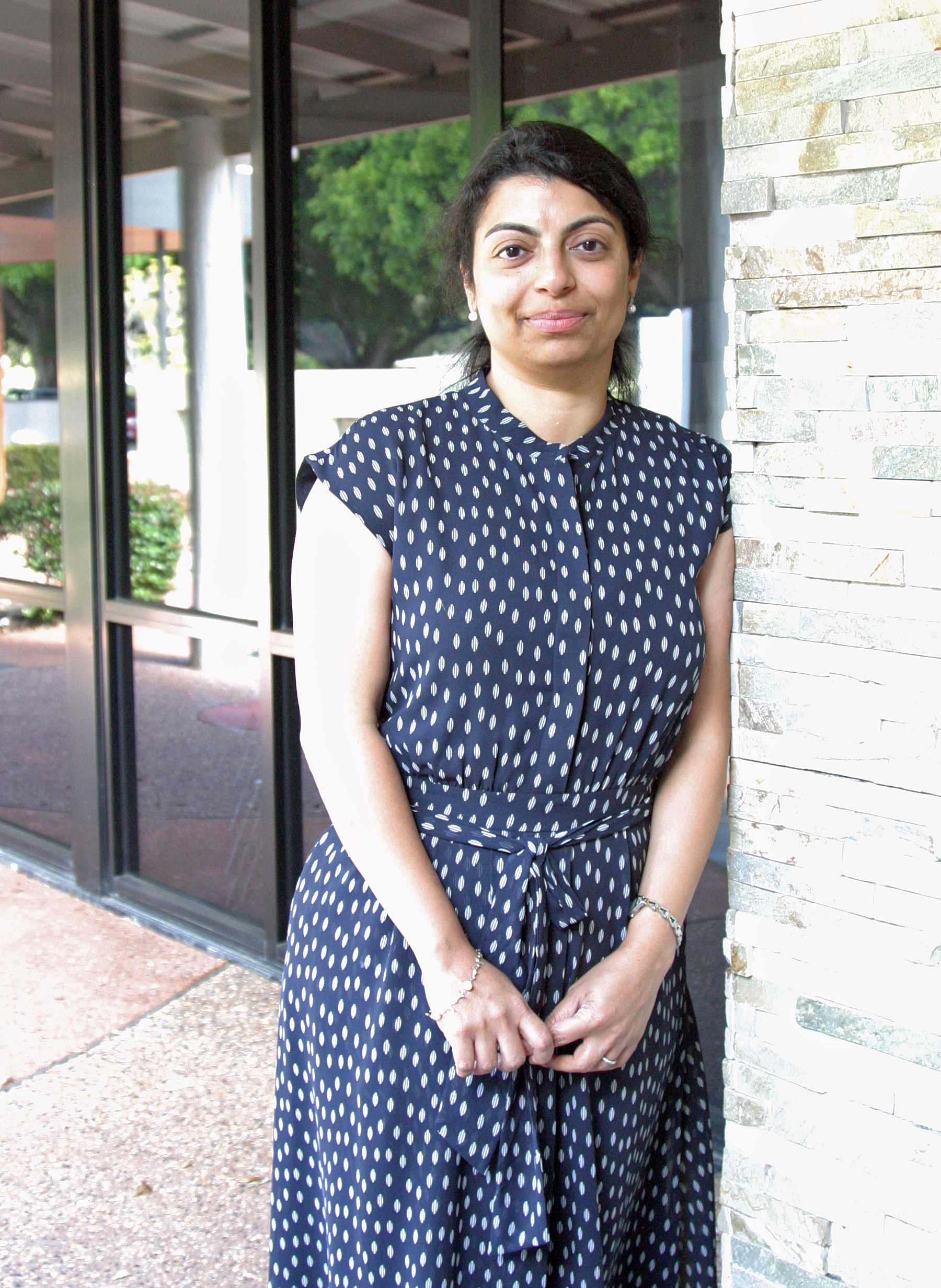
Congratulations to Dr Mary Abraham from the Rio Tinto Children's Diabetes Centre and Perth Children's Hospital, who has been awarded the prestigious Australian Diabetes Society (ADS) Lindsey Baudinet Rising Star Award in T1D Research.
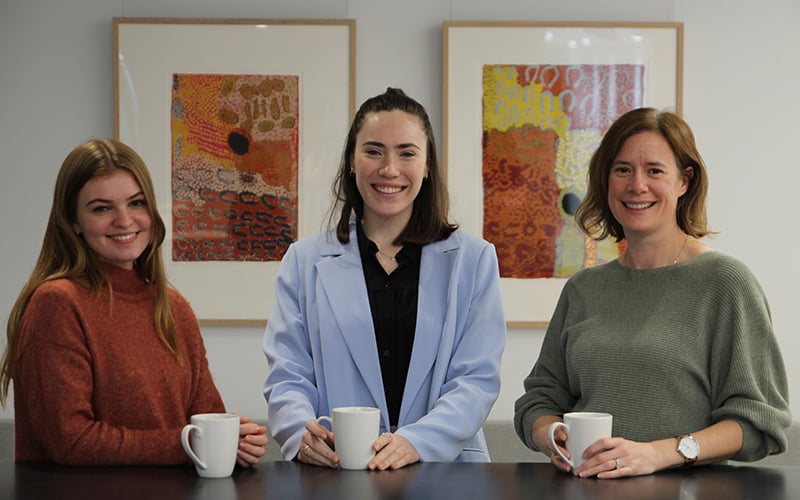
News & Events
National Diabetes Week (Q&A with Dr Keely Bebbington)For National Diabetes Week, we sat down with Dr Keely Bebbington to talk about her amazing work in research.

News & Events
Physical Activity StudyThe Diabetes Research Team of the Department of Endocrinology is looking at identifying a questionnaire that we can use in clinic to measure and understand the types of physical activity, young people with type 1 diabetes, are involved in.
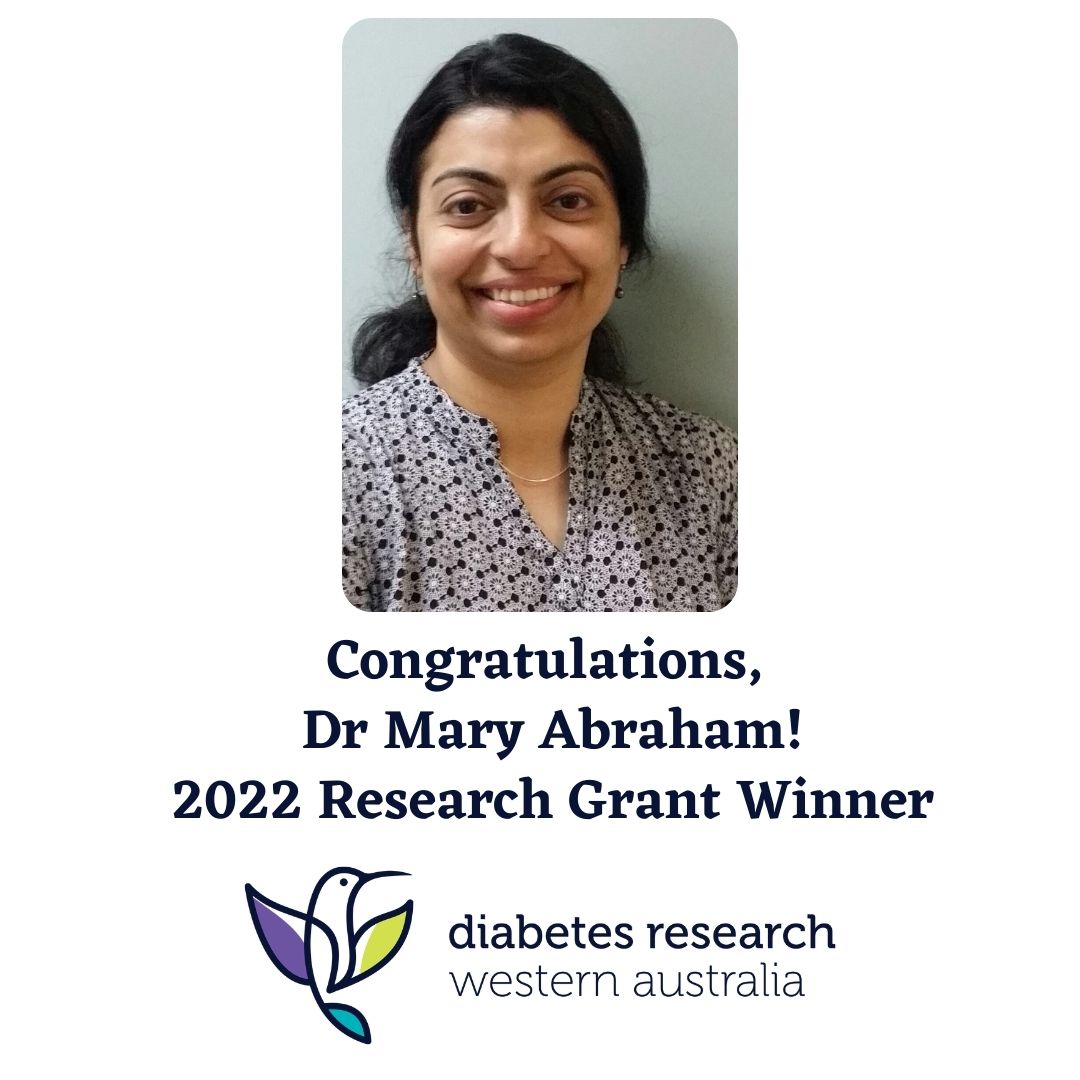
News & Events
Diabetes Research WA Grant for Dr Mary AbrahamPerth researchers have been awarded new West Australian funding to launch a pilot study into the use of oral insulin in type 1 diabetes – a medication intervention that could be a game-changer for those with the chronic condition.
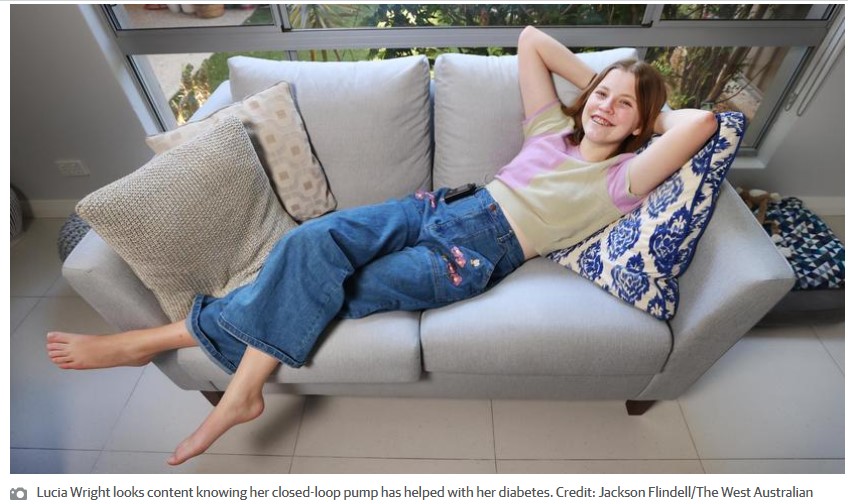
News & Events
Hybrid-Closed loop system improves quality of lifeNew Insulin delivery technology improves quality of life and offers better glucose control in young people living with type 1 diabetes.

News & Events
Aussies publish first RCT of hybrid closed loop systemsA world-first clinical trial has shown young people with type 1 diabetes have better glycaemic control and quality of life while on hybrid closed loop (HCL) systems versus conventional treatments, Australian endocrinologists say.

News & Events
Dexcom G6 Early Access Program UpdateThe Dexcom G6 Early Access Program has so far been a huge success. The program commenced in May, and offered early access to the Dexcom G6 system to eligible patients.
